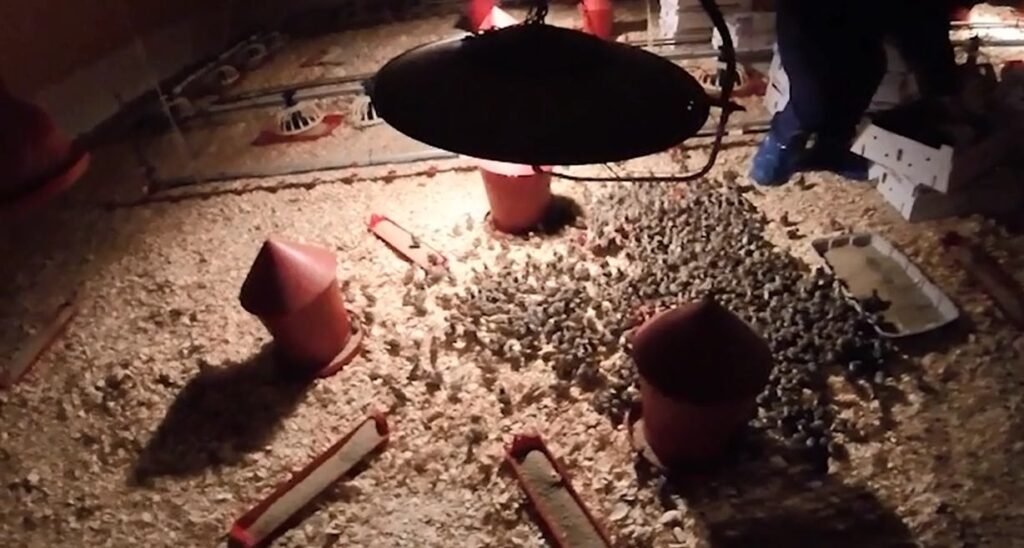The Effect of Light Levels on Developing Birds
As chicks grow into adult birds, their light requirements should change. It’s not just for convenience; higher light means the birds are more active, and active older birds fly into walls, injuring themselves. At MacFarlane Pheasants, we’ve learned how to adjust the levels accordingly. By manipulating light levels, you can ensure your chicks establish themselves quickly and then stay healthy as they transition into adult birds ready for the fall hunting season.
All our chicks, whether pheasant, chukar, or Hungarian partridge, start their lives indoors in the barns. This is where we’ll manipulate the lights. Birds are most active when the lights are brightest, so from their birth until the second week, chicks receive a hundred percent of our light capabilities, regardless of species. Active birds are birds that learn to eat and drink quickly, and this is especially important for delicate birds like the Huns and chukars. Bright lights can also be used to show birds where the brooder light heat is since birds are naturally attracted. You can use this trick to help teach chicks to ring around a heat source. Try pairing your overhead lights directly above the brooder lights to maximize this effect.
After that first week, birds are accustomed to eating and drinking and seeking heat. Halfway through the second week, we’ll begin to turn the overhead lights down while keeping the brooders at full blast. It’s not a marked difference—we only turn the lights down by about three percent a day—but it’s consistent and most importantly, gradual. Lights are controlled by a dimmer switch, on which we’ve carefully marked out increments. This helps ensure it’s a graceful transition to lower lights. Once birds are into their third week, we’ll be even more aggressive with weaning them from full light.
As birds continue to grow, they can also be weaned off brooder heat. Be sure to watch bird behavior for signs distress, but eventually the overhead lights will reach their lowest setting, or about one percent of their capacity, during the birds’ fourth week. In fact, even then some of the barns can be too bright, and we’ll remove bulbs to further dim the lights. We go as low as running five of the nine total bulbs per room. If you do this, however, it’s important to ensure that the lighting is even, as birds can pile with unequal illumination.
The darker the lighting, the more calm birds are, and conversely, the brighter, the more active. Younger birds thrive under bright lights, but they should be dimmed as the birds age. Watching your birds’ behavior is key; if juvenile birds are taking flight and injuries are popping up, consider following these steps. You’ll discover as we have one of the secrets to grow your chicks into mighty pheasants, Huns, and chukars for the fall season.
Related Posts

Preparing Our Barns & Pens Each Spring
Read Post
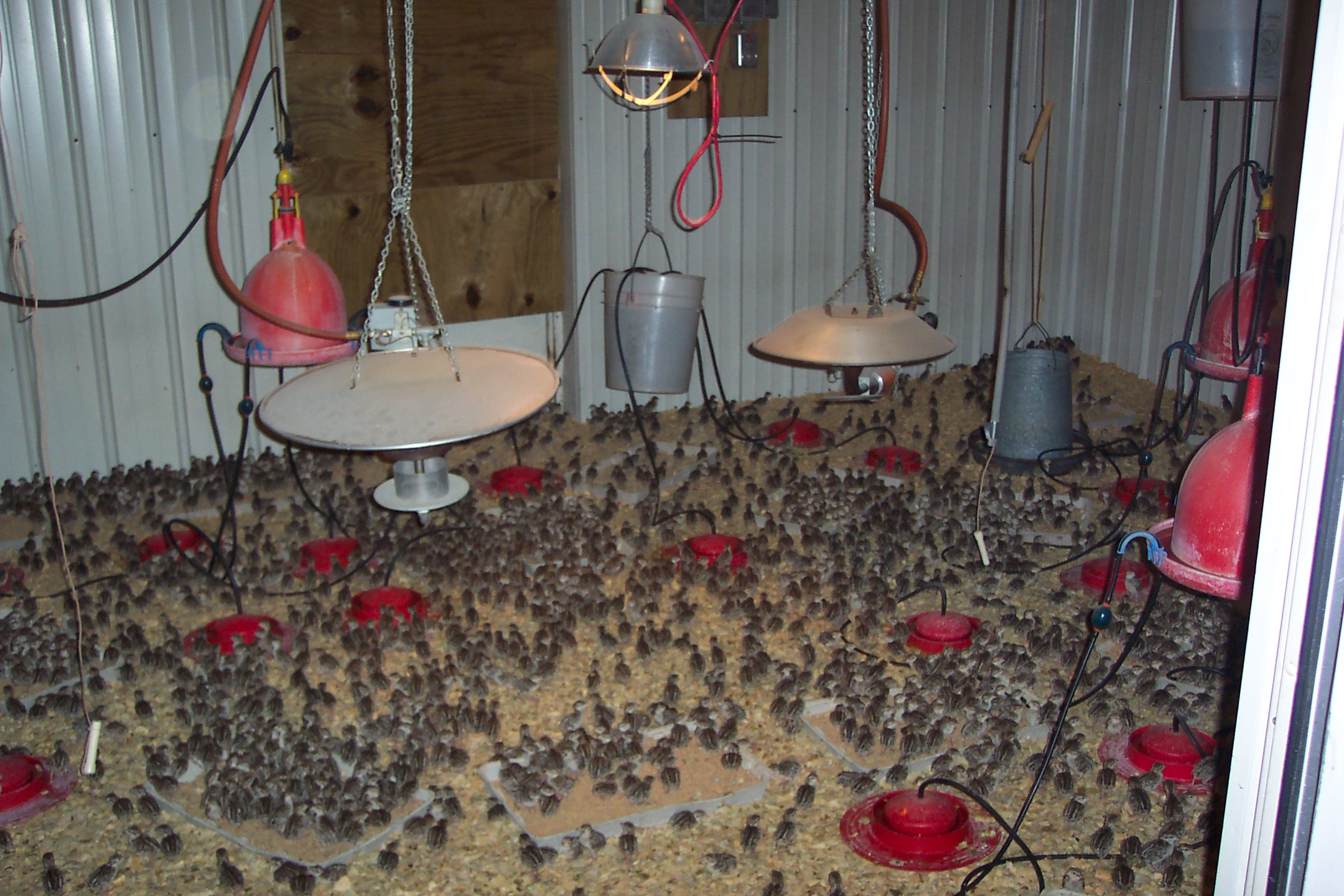
How We Prepare For Brooding Our Chicks
Read Post
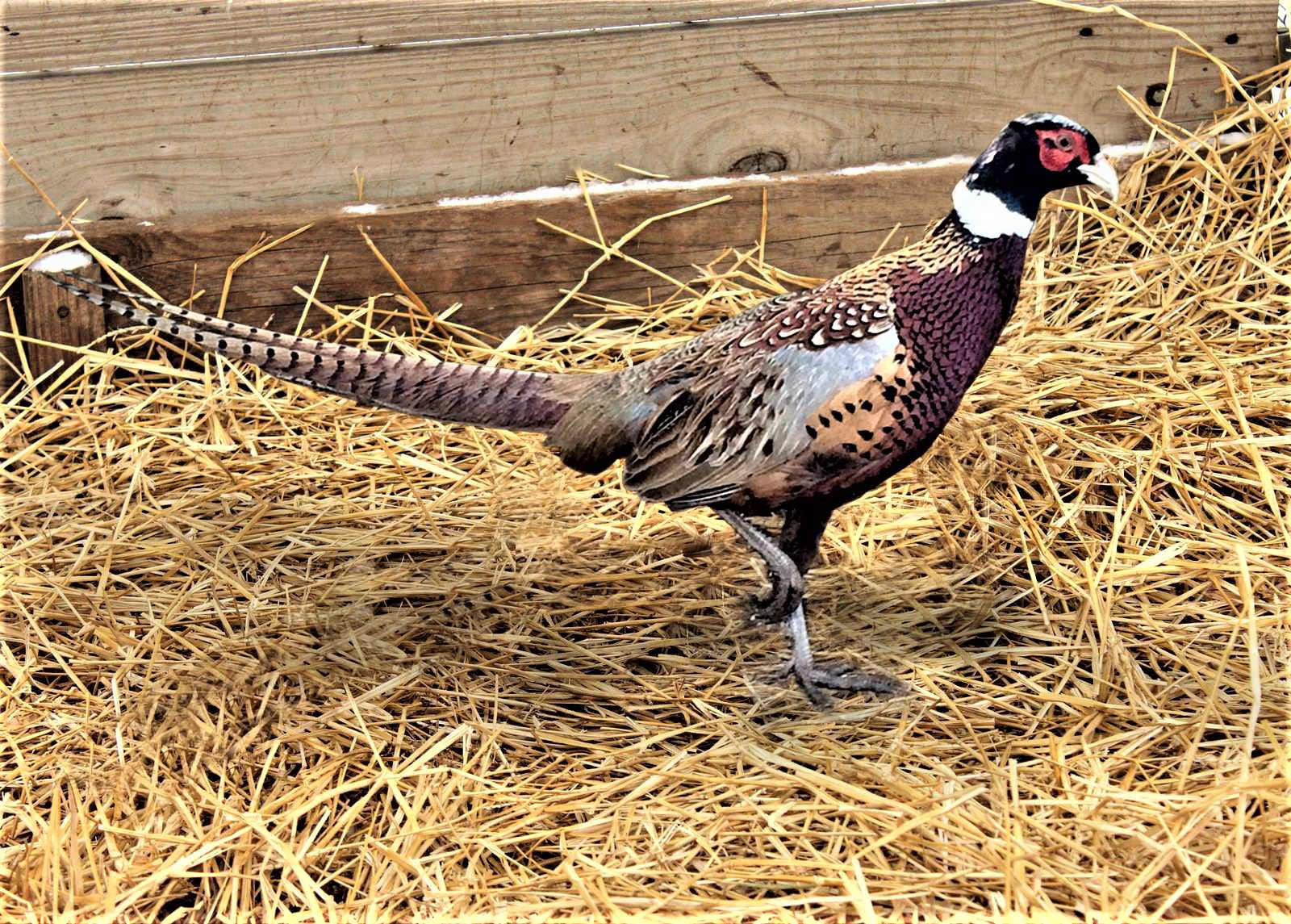
Our Milton Farm in 2024!
Read Post

10 Ways To Get the Most Out Of Brooder Barns
Read Post
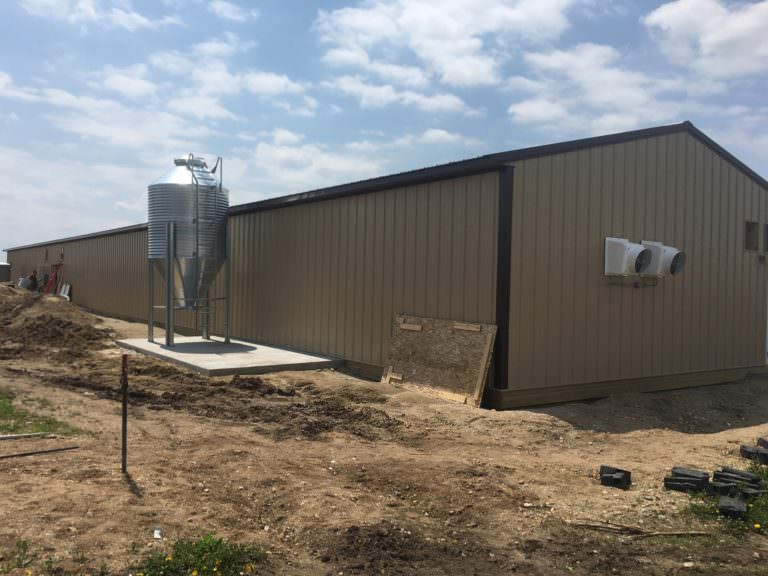
Air Flow in Barns
Read Post
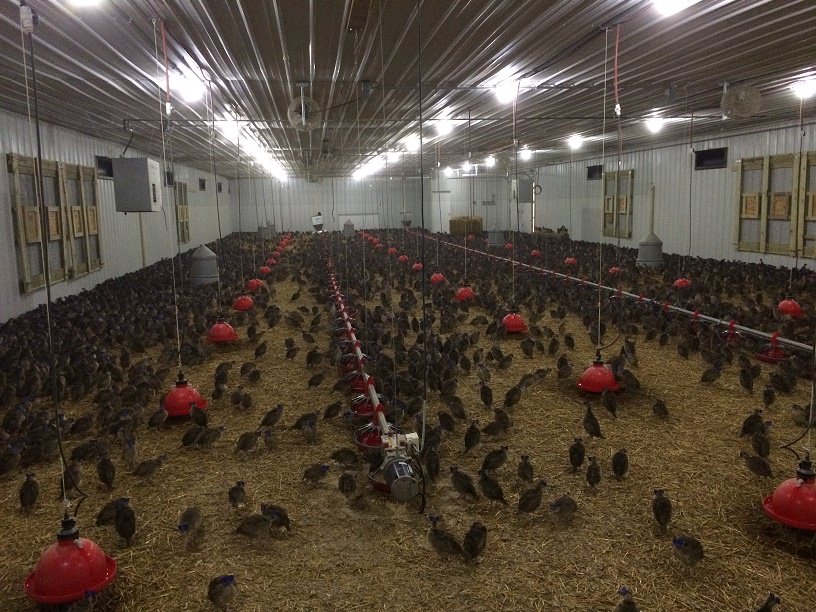
Barn Maintenance at MacFarlane Pheasants’ Milton Farm
Read Post
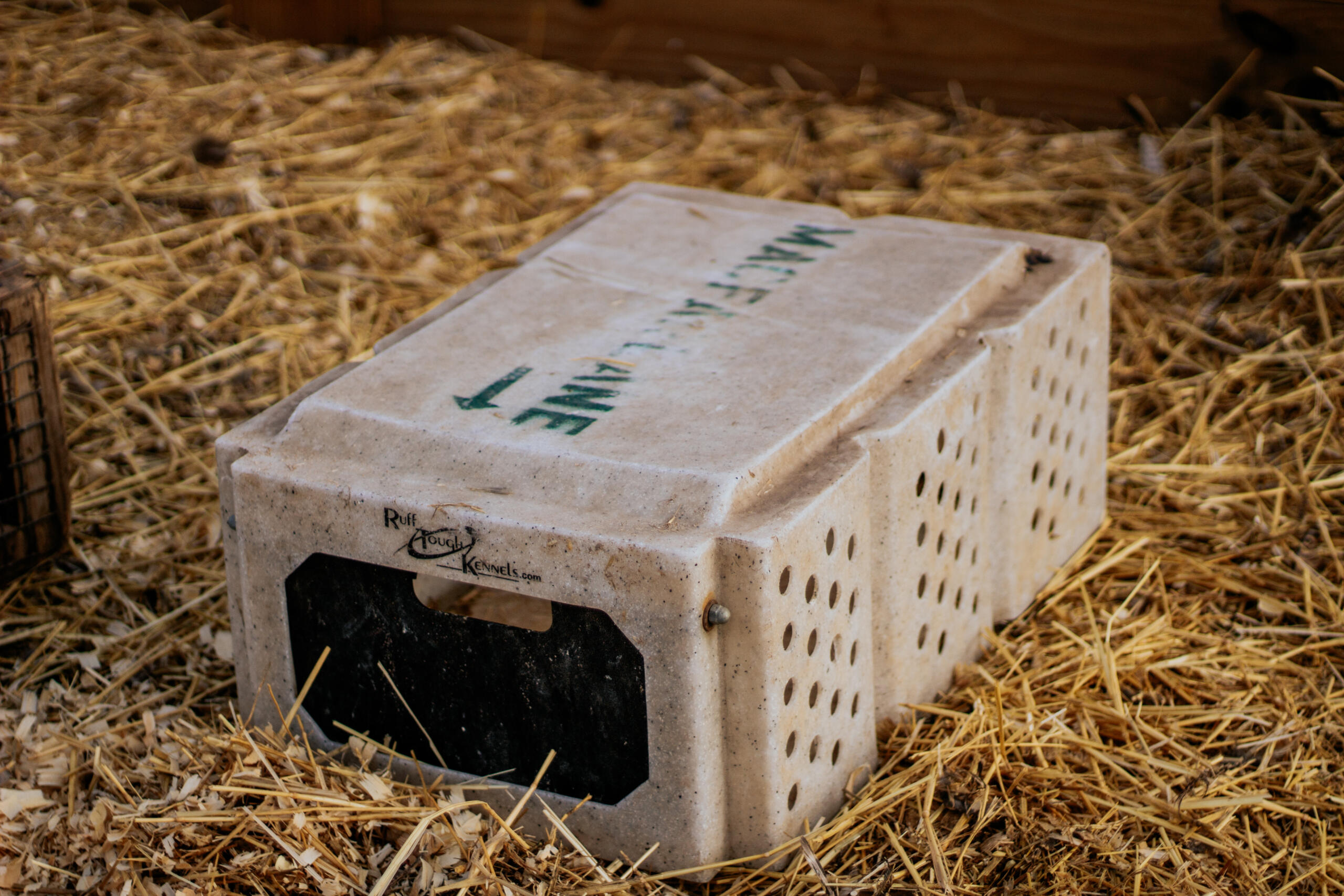
Best Bedding for Pheasants
Read Post
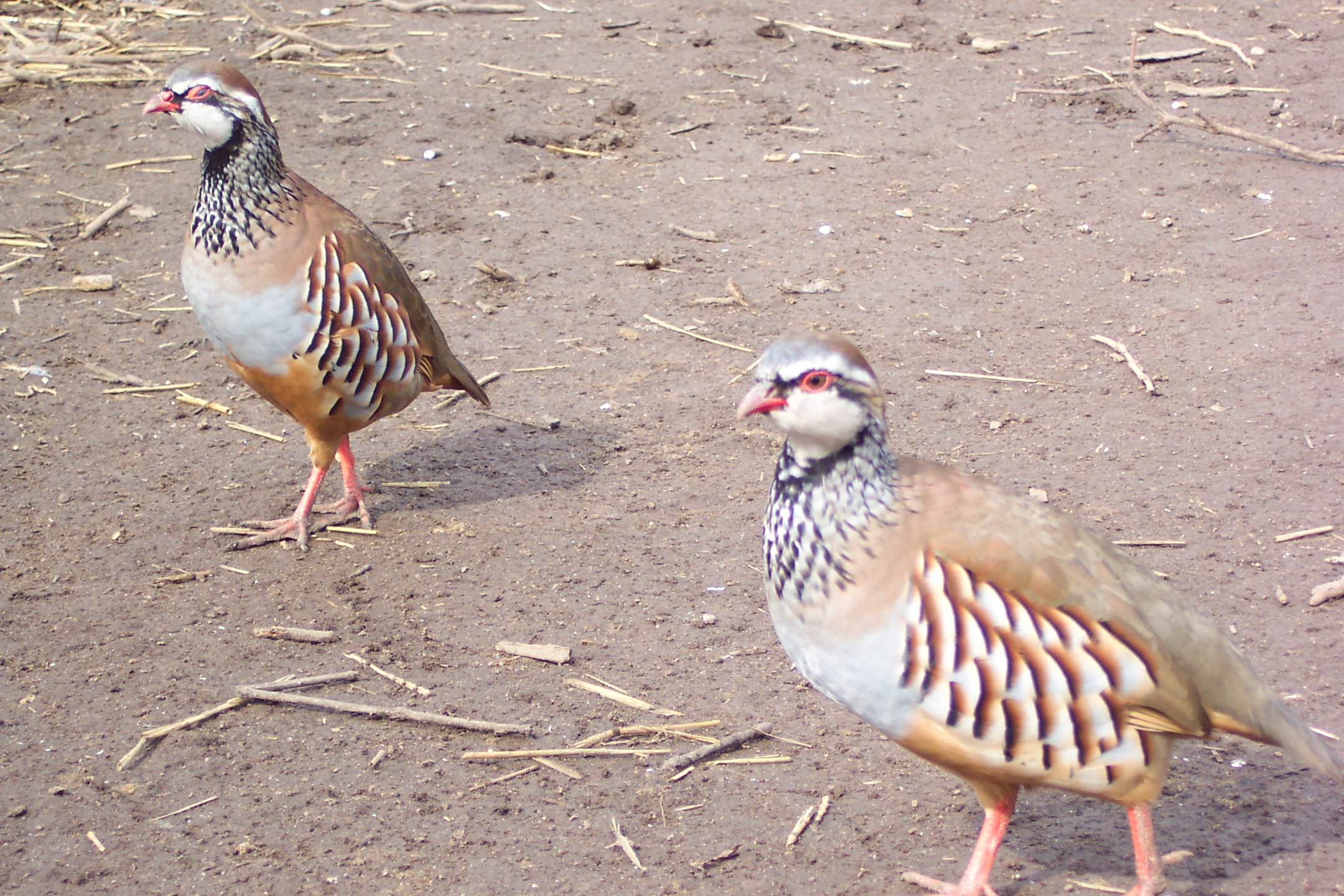
Birds On Top of Birds: Preventing Piling with Partridge Chicks
Read Post
Take Advantage of These Free Resources
As the biggest game bird farm in the United States, we want to share our experience with you. Download our free resources below and get started.

